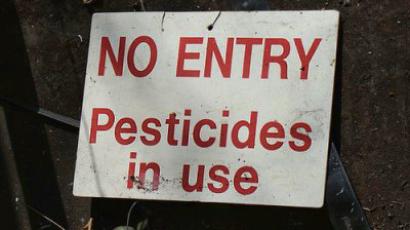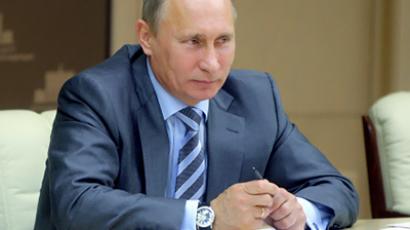Free education fails to close India’s social divide
More than a year has passed since the Indian government announced the unprecedented Right to Education Act, aimed at stamping out illiteracy and narrowing the country's socio-economic divide. However, the reform is facing tough challenges.
After growing pressure to address the educational disparities in India, the government passed an act making it mandatory for all children between the ages of six and 14 to get a free education. It even requires elite private schools with tuition fees nearing 500 dollars per month to grant a quarter of their places to students from disadvantaged backgrounds.“We are a nation of young people. The health and education and creative abilities of our children and young people will determine the value and strength of our nation,” says Indian Prime Minister Manmohan Singh.Today, there are just as many schools where students pay tuition as there are government-funded schools that are free to all. The act would allow parents to choose where they wanted to send their children to school. It would mean that students could attend elite private schools if they were lucky enough to become one of the 25 percent quota to win the ’free entrance’ lottery. It would also mean that, if social workers were able to identify and successfully enrol most children, low-budget schools with minimal tuition fees could get extremely crowded.But the idea of free schooling in India has its opponents, with concerns being raised even by proponents of the act.“Free schools have not resulted in quality, and I think poor parents are much smarter than that. They know quality and they want quality,” Sujatha Muthayya of the School Choice Campaign told RT.And quality is something that the principal of one such school, Vikas Jain, knows has a different definition depending on the school. While he wants to see his students succeed, he believes that integrating Indian children from a lower class into a private school would not be practical.“These elite schools have a very high standard. Only children whose parents are educated can study in school like these,” he explains. “Schools want to maintain their high standards and reputation. How can poor people send their children to schools like these? Because their parents are uneducated, there is no-one at home to tutor or supervise their studies or homework.”It is a position supported by the well-off members of Indian society, as RT found out talking to people on the streets of New Delhi:“Schools are not meant for them. They’re meant for higher-class people. Lower-class people, if they go there, they’ll get neglected,” said one passer-by.“In a sense that he comes from a rural background, and his parents are probably labourers or whatever they are, putting him in that sort of environment – he would have trouble getting assimilated,” said another.In spite of the mixed reception the integration model has received, for children from poor families, education remains one of the few ways to realise their dreams – dreams that may just fall through the gap of India’s socio-economic divide.














